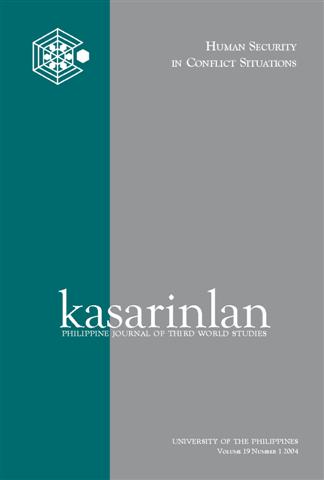Paths of the Mau Mau Revolution: Victory and Glory Usurped
Abstract
This paper is a study of major paths to frustration in the history of the Kenya colonial state from the early 1890s that confluenced into the Mau Mau Revolution of 1952 to 1965. The survey shows how the communities of Central Kenya—the Gikuyu, Embu and Meru—reacted to these frustrations at different times. Land issue among these peoples, especially the Gikuyu, remained central to their politics. They ultimately formed a secret movement called Mau Mau that took up arms to liberate Kenya. The survey also shows that while myths are spiritual foods for nationalism, the myths created around Chief Waiyaki, the first Gikuyu nationalist martyr, and Jomo Kenyatta, were misplaced, though they sustained petitional politics and the militant Mau Mau movement. Both the Mau Mau and the colonial state were steeped in a crisis management when the state of emergency was declared in 1952, as none of them was ready for the situation that developed. The colonial state could not contain the Mau Mau tide without military assistance from Britain. Since the Mau Mau themselves had not prepared well for the war by the time it came, it brought about many organisational problems. The Protestant Christian missionaries unwittingly produced the first educated nationalists and directly caused the creation of the Kikuyu Independent Schools movement and the Kikuyu Independent Church which were a big factor in propagating Mau Mau ideals. Although the Mau Mau supporters lost the military battle, they won the war of independence for Kenya. But despite their victory, they were sidelined by the colonial state and moderate national politicians in the process of transferring power to Kenya Africans.
Published
2007-12-16
How to Cite
MAINA, Gatimu.
Paths of the Mau Mau Revolution: Victory and Glory Usurped.
Kasarinlan: Philippine Journal of Third World Studies, [S.l.], v. 19, n. 1, p. 92-112, dec. 2007.
ISSN 2012-080X.
Available at: <https://journals.upd.edu.ph/index.php/kasarinlan/article/view/661>. Date accessed: 27 aug. 2025.
Section
Articles
Keywords
Mau Mau; guerrillas; Jomo Kenyatta; moderates; squatters
By submitting a manuscript, the authors agree that the exclusive rights to reproduce and distribute the article have been given to the Third World Studies Center.



